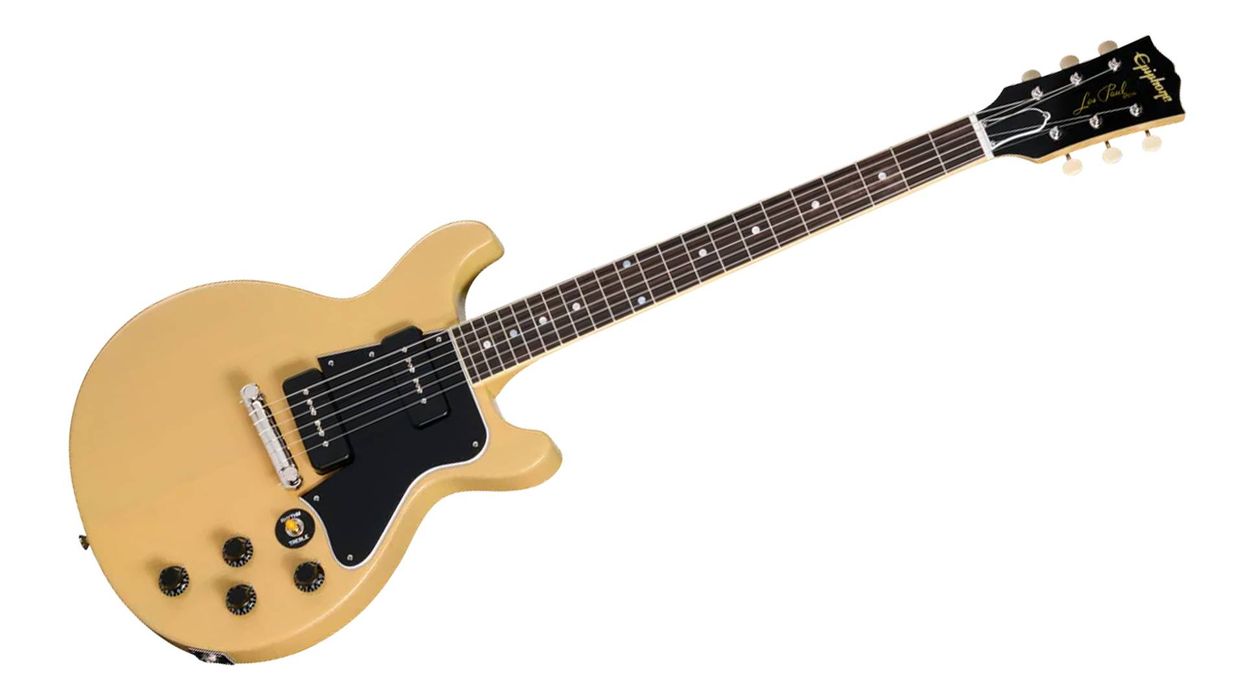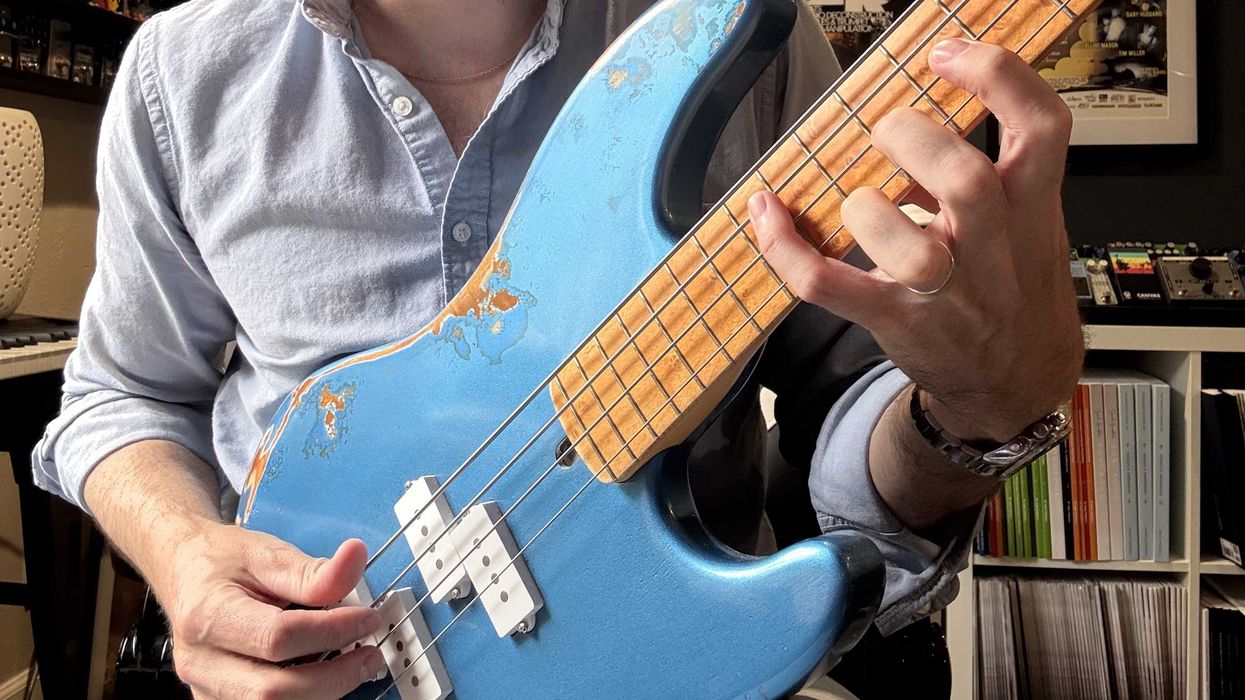The interaction between a guitar speaker and the cabinet that houses it is an important element in the ongoing conversation about electric guitar tone. By optimizing aspects of cabinet construction, such as material choice, overall size, and baffle thickness, skilled builders will design a cab to enhance their favorite attributes of a chosen speaker. However, there are other factors that come into play when selecting a cabinet that’s right for your sound. Let’s shed some light on three options you have when choosing a cabinet, and how you can use these options to give you more control over your speaker’s tone.
Open or closed. The same amplifier will sound significantly different when driving speakers in an open-back cabinet compared to a closed-back design. Featuring panels that cover half or more of the back, most “open backs” are actually only partially open, yet this gap allows some of the speaker sound to radiate from the back and, to a lesser extent, the sides. This gives open-back cabs a natural, room-filling quality.
Without a complete back panel compressing the speaker’s “voice,” open-back cabinets might be considered a more organic representation of electric guitar sound. High frequencies particularly benefit from this, which is why an open-back cab is considered to have lots of presence. Also, the low end will tend to feel looser. On smaller stages with no monitors, this wash of sound can be quite helpful—your drummer might be grateful! When recording, an open-back cab can provide additional options for mic placement because a slightly different tonality will be available at the rear of the cab.
Closed-back cabs mainly project sound forward—there’s no back spill or side leakage. This accentuates the midrange and bass, giving closed-back cabs greater punch. This increased directionality can make them harder to hear onstage unless you’re directly in front, but is beneficial for engineers miking up the band, who would otherwise have to contend with the ambient “wash” produced by an open-back cabinet.
Don’t be baffled. Believe it or not, front- or rear-mounting a speaker on the cabinet baffle can also make a difference. There is a lively debate surrounding how big a difference this actually makes, and the amount can vary depending on whether the cab has an open or closed back, as well as the thickness of the baffle itself.
We can see this from the frequency response measurement in Fig. 1. The blue curve shows the response of the speaker mounted at the rear of the baffle, and the red curve shows front mounting. The difference is noticeable.
Tonally, front-mounted speakers will exhibit greater clarity and sound a little more open and neutral—attributes that are particularly beneficial for clean tones. For the rear-mounted speaker, the baffle creates a subtle horn effect that boosts the lower mids while making the speaker sound darker off-axis. Additionally, the “acoustic mass” of the air cavity shifts the overall tonal balance for a further perceived midrange boost. This can be beneficial if you need to beef up high-gain amp sounds.
Got your number. It may seem obvious, but the number of speakers in the cab makes a big change to your sound. Arguably a 1x12 gives the “purest” speaker tone and offers the best chance of hearing the speaker as close as possible to how the design engineer originally intended.
However, put four of them into a 4x12 and that shifts the tonal balance considerably. At the lowest frequencies, the speakers couple and behave almost as if they are one single, very large speaker. You’ll find there’s considerably more output in the midrange and low end, from around 500 Hz down.
Above this frequency, as the sound waves coming from each speaker become more directional (due to a smaller wavelength), coupling no longer occurs and the acoustic behavior is much closer to that of the 1x12. As cab size increases, so does low-frequency output. However, the higher frequencies remain largely unaffected, which explains why you’ll perceive larger cabs as having more bass and smaller cabs as having comparatively greater top end. Not surprisingly, the 2x12 cab falls somewhere between the two in terms of response and perceived sound level. You’ll still get the boost below 500 Hz, but it’s around half as much as you’d get from the 4x12.
Also, it’s interesting to note that this multi-speaker coupling effect also influences the “throw” of the sound exiting the cab. That’s why 4x12s tend to sound bassy in small rooms but come into their own on big stages, while 1x12s are at their best in those more intimate gig situations.
To summarize: For us tone tweakers, the interaction between speaker and cabinet is a critical piece of the sonic puzzle that can’t be ignored.















